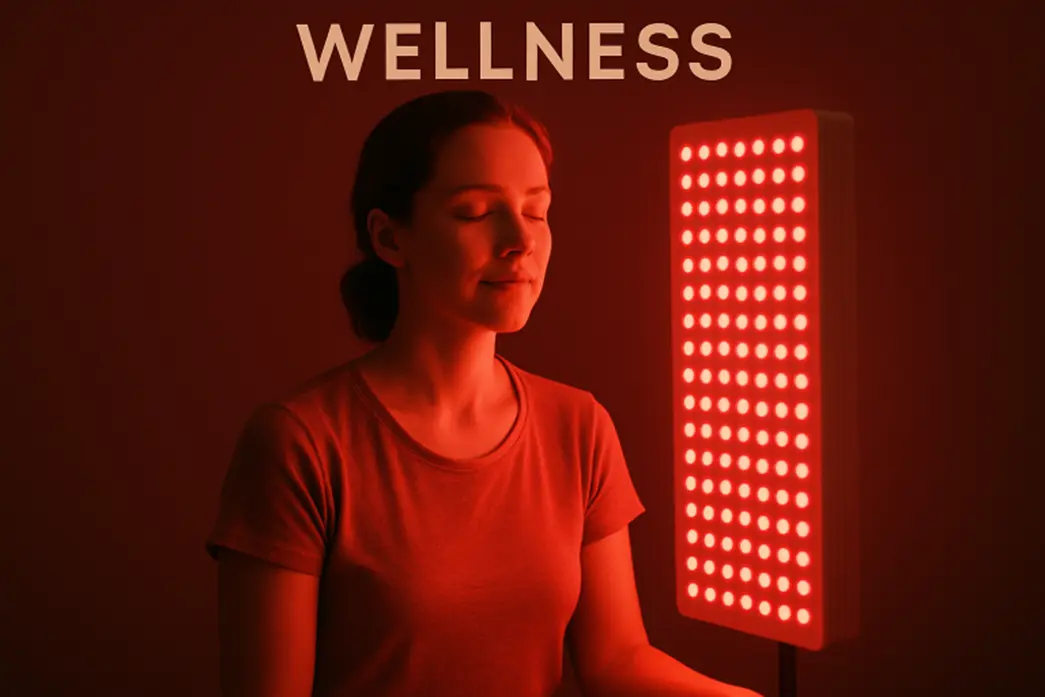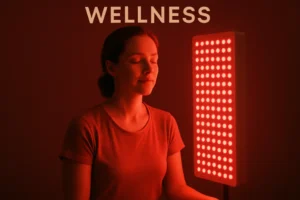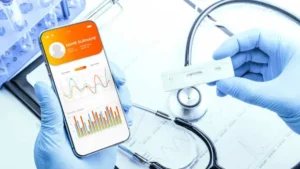Understanding Red Light Therapy
As interest in non-surgical methods for enhancing appearance and vitality grows, red light therapy has emerged as a popular choice. RLT uses targeted wavelengths of low-level visible red and near-infrared light to energize cells and support natural repair processes. Unlike sun exposure, RLT is administered in a controlled, safe environment, eliminating the risks associated with UV damage. For those exploring holistic rejuvenation and seeking technology-backed solutions, the Red Light Therapy Center offers expert-led treatments tailored for individual needs.
The mechanisms of RLT are rooted in photobiomodulation, in which mitochondria within cells absorb light energy. This uptake is believed to enhance ATP production, thereby fueling cellular activities that drive healing, collagen synthesis, and the modulation of inflammatory responses. Enthusiasts appreciate that sessions are painless, require no downtime, and can be delivered at clinics or with approved home devices.
Many turn to RLT not just for dramatic transformations, but for cumulative, visible improvement in how skin and body feel and look. Users typically commit to repeated sessions, paired with lifestyle choices such as healthy eating and regular exercise, to maximize results. This integrative approach is crucial for achieving lasting benefits from emerging wellness technologies.
While research is ongoing, the current scientific consensus suggests that red light therapy is especially effective for achieving mild to moderate cosmetic goals and promoting general skin wellness.
Potential Benefits for Skin Health
Red light therapy’s most notable benefit is its potential to rejuvenate and improve the appearance of the skin. The process can be broken down into several areas:
- Increased Collagen Production: Collagen is the primary structural component of youthful skin, supporting elasticity and smoothness. Red light exposure is believed to stimulate fibroblast activity, leading to firmer, plumper skin and a reduction in fine lines and wrinkles. Studies, such as those referenced in Healthline’s RLT guide, suggest visible improvements can develop over weeks of regular use.
- Enhanced Microcirculation: By improving blood flow, RLT may help skin appear more radiant and expedite the healing of blemishes or minor injuries.
- Reduced Inflammation: Skin prone to redness, irritation, or inflammatory conditions (such as acne or rosacea) may benefit from RLT’s ability to calm the tissue and promote an even complexion.
Bearing in mind that response varies from person to person, red light therapy is often considered a safe adjunct to cosmetic routines, particularly for those averse to aggressive treatments.
Red Light Therapy and Body Contouring
Beyond surface-level benefits, new research is investigating the potential of red light therapy to support fat reduction and body contouring. This is primarily speculated to occur through:
- Metabolic Enhancement: Exposure to red light may increase cellular energy (ATP), promoting the release of fat cells’ contents and their more efficient processing by the body.
- Lymphatic Support: Increased circulation may accelerate the removal of waste products and excess fluids, often resulting in a slimmer, more sculpted appearance—though these changes are largely temporary.
For lasting changes, red light therapy is most effective when used in conjunction with a balanced lifestyle, rather than as a standalone treatment.
Incorporating Red Light Therapy into Your Routine
If curiosity about red light therapy has you considering your first session, a few guidelines can optimize your experience and safety:
- See a Professional: Consult with a dermatologist, healthcare provider, or an RLT specialist, particularly if you have pre-existing health concerns or sensitivities.
- Research Device Quality: When selecting at-home equipment, look for FDA-approved devices from trusted manufacturers to ensure efficacy and reduce risk.
- Adhere to Session Protocols: Experts usually recommend brief exposures multiple times a week. Overuse can increase the risk of side effects without yielding faster improvements.
- Manage Expectations: RLT typically produces gradual, subtle effects and is best integrated with nutritious eating, regular exercise, and adequate hydration for comprehensive well-being.
Safety Considerations
Red light therapy is well-tolerated in most healthy adults, but there are important caveats. Those taking medications that cause photosensitivity (such as certain antibiotics or acne drugs) or with a history of skin cancer must consult a healthcare provider before starting. Eye safety is also paramount: protective eyewear should be worn during sessions to prevent irritation or potential retinal injury.
As with any trending wellness treatment, it’s wise to monitor your skin for unusual responses and to report persistent redness, swelling, or discomfort promptly to a medical professional.
Conclusion
Red light therapy stands out as a modern, evidence-based tool for enhancing skin quality and contouring efforts without the risks or downtime associated with invasive procedures. While not a miracle cure or sole solution for weight management, its promise lies in enhancing other wellness strategies for a naturally sculpted and radiant appearance. When guided by informed choices, reputable clinics, and professional advice, RLT can be a powerful ally on the journey to looking and feeling your best.
Also Read-Tips to Handle Major Life Events with Confidence








